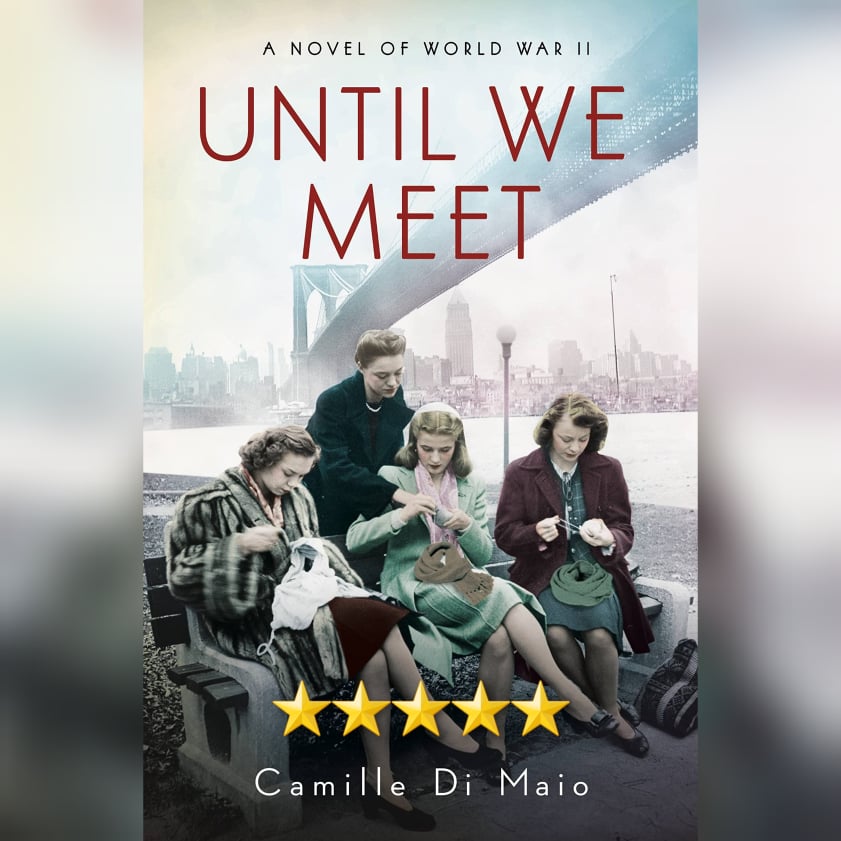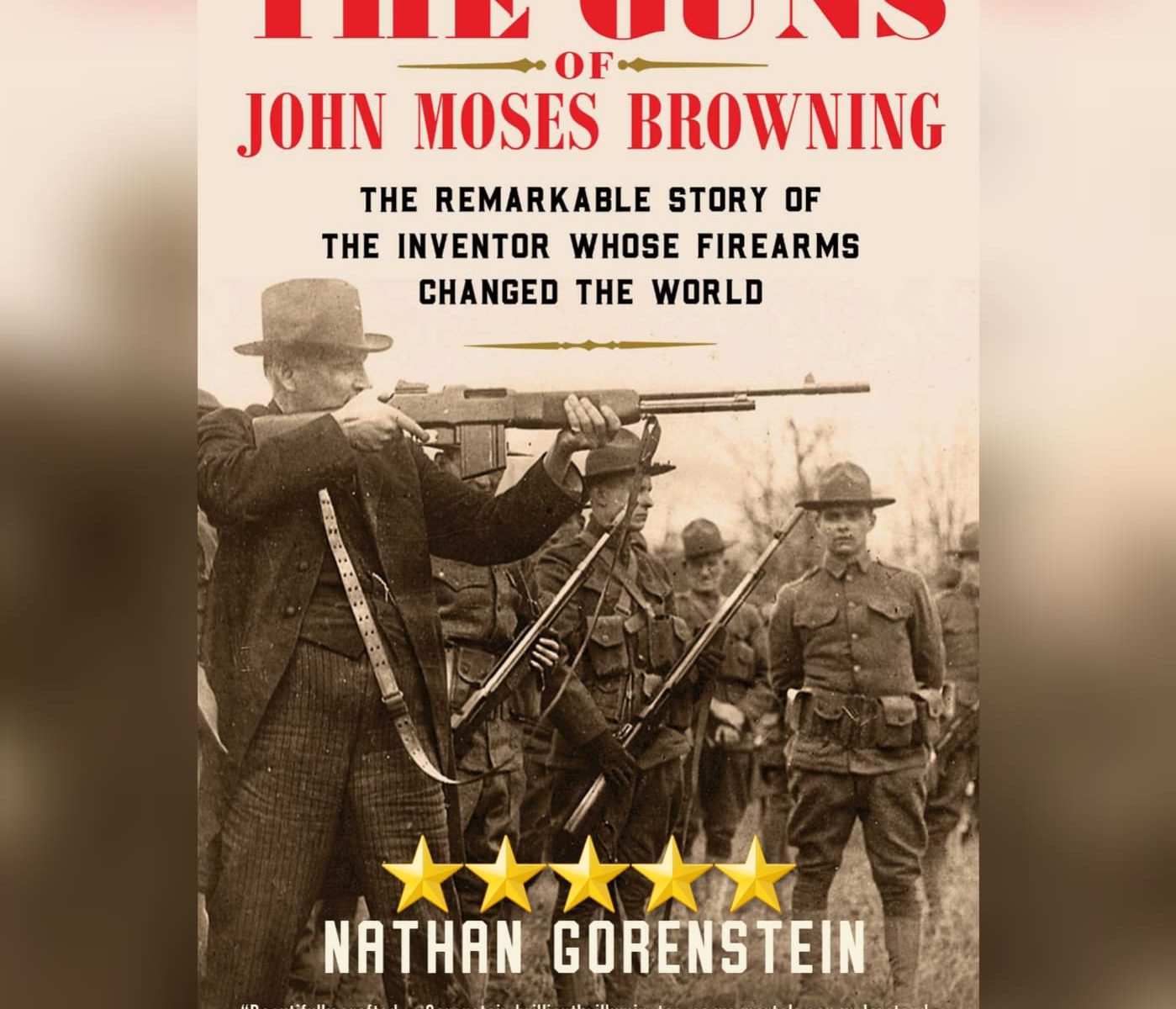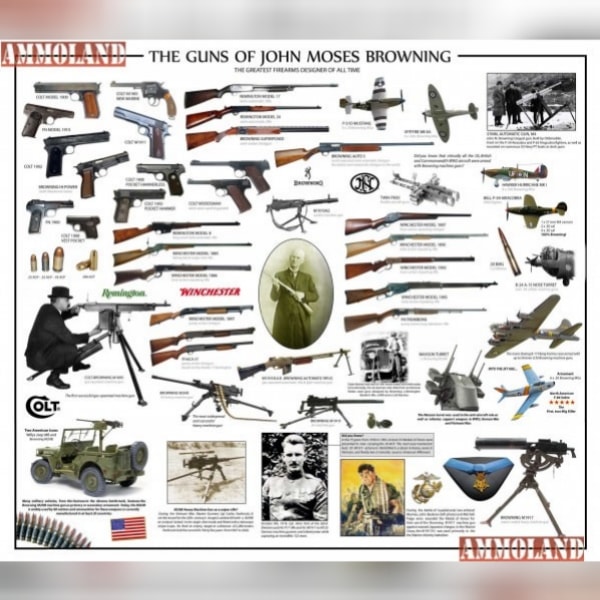This week we’re looking at a story that I could very easily have seen my own grandparents living elements of in their actual lives during WWII – it truly feels that real and that authentic. This week, we’re looking at Until We Meet by Camille Di Maio.
All Too Real. Di Maio has made a name for herself taking various historical events and wrapping a fictional story around them that stays true to the real world yet tells her own story – and this book is exactly that. Here, she tackles life in New York and specifically around the Brooklyn Navy Yard as it builds the last of the great battleships – the Missouri – and the newest generation of naval ships – the aircraft carrier. At the same time and across the Atlantic, she also tackles life as a new kind of infantry soldier – the Airborne – as they train in England after the US enters the war, attack Normandy on D-Day, survive Market Garden and the Battle of the Bulge and finally the end of the war. In both places, Di Maio does a stunning job of being true and accurate (mostly) to the era, and it is very easy for many Americans to see their own parents / grandparents / (and now great grandparents) largely living exactly these types of situations. Di Maio doesn’t hold back from the various tragedies of the era, but she also doesn’t hold back in showing people who were even then “outside the norm” though revealing exactly which norms of the era were broken would delve into spoiler territory – read the book for yourself to see them. 🙂 And yet, through all of this, this is still ultimately a women’s fiction tale that could alternatively be classified (technically) as a historical romance, and indeed it really works in either genre. Very much recommended.



